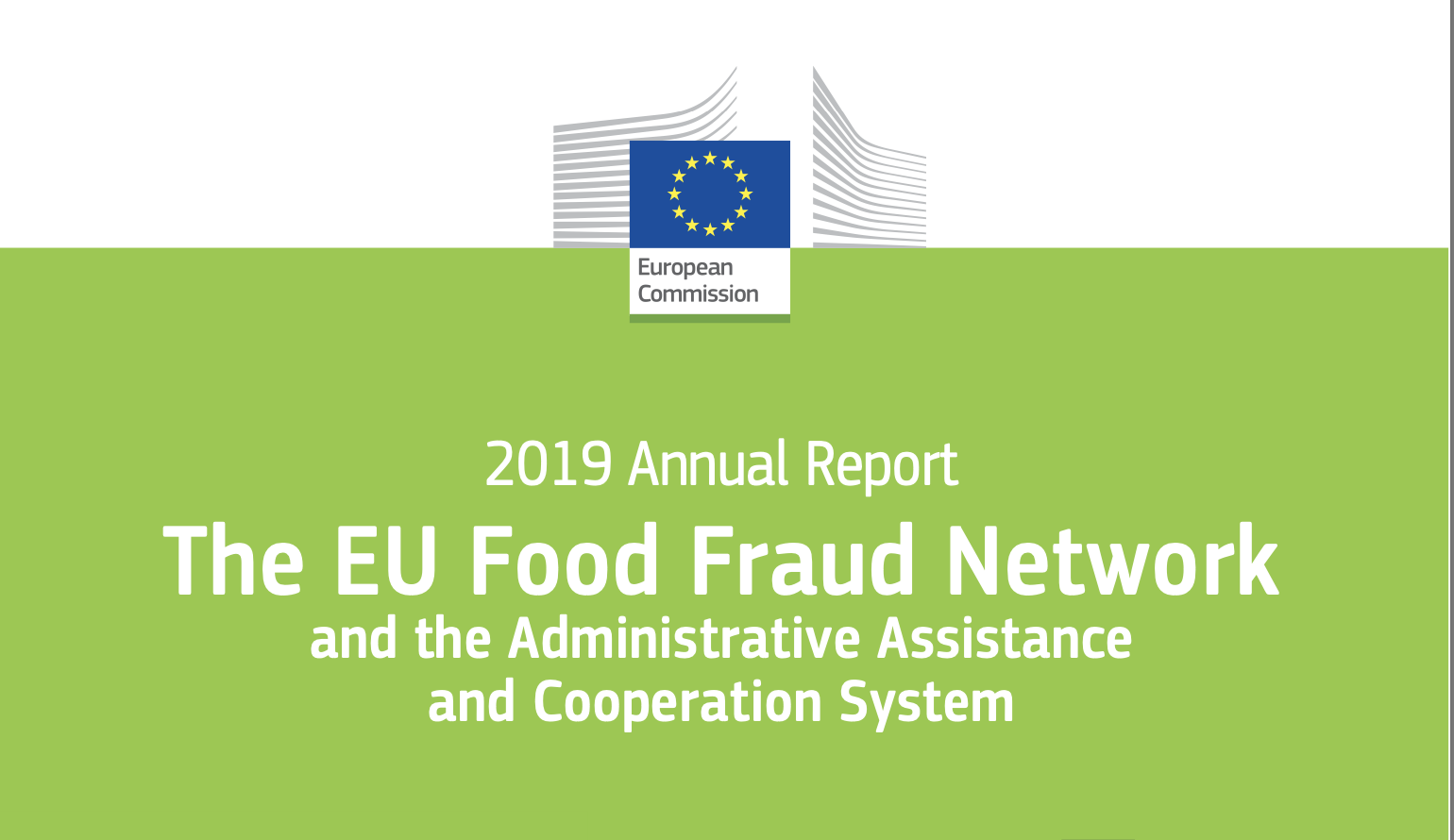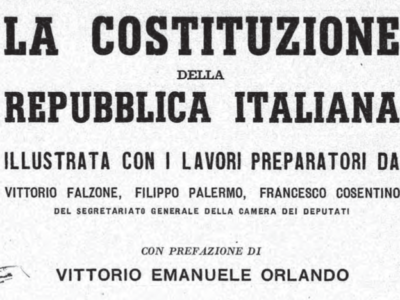
Pubblicato il EU Food Fraud Annual Report 2019
Come ogni anno, a maggio è stato pubblicato il Report annuale della UE sulle frodi alimentari.
Esso contiene l’analisi statistica delle frodi alimentari scoperte e perseguite negli stati dell’Unione nel 2019 e del livello di collaborazione sul punto tra stati membri.
Di particolare interesse la sintesi di alcuni concetti fondamentali:
What is food fraud?
Fraudulent activities are characterised by their intentional nature, including the aim to make an economic gain, in violation of legal rules and at the expense of the immediate customer or the final customer.
These intentional fraudulent activities that breach EU agri-food chain legislation may also constitute a risk to human, animal or plant health, to animal welfare or to the environment.
Four key criteria are referred to when establishing if a case should be considered as fraud or as non-compliance:
(1) violation of EU rules,
(2) customer deception,
(3) economic gain,
(4) intention.
These four criteria correspond to the current rules for Member States to report frauds:
1.Violation of EU rules: this criterion entails a violation of one or more rules codified in the EU agri-food chain legislation as referred to in Article 1(2) of Regulation (EU) 2017/625.
2.Customer deception: this criterion entails deceiving consumer/customer (for example by altering the colouring or the labelling of a product, which hides its true quality). The deceptive element may also pose a public health risk as some of the properties of the product are hidden (for example, undeclared allergens).
3.Economic gain: this criterion brings some form of direct or indirect economic advantage for the perpetrator.
4. Intention: this criterion is based on elements that give strong grounds to believe that the non-compliances are not coincidental. For example, substituting high quality ingredients with lower quality ingredients, which often implies fraudulent intent.
The EU Food Fraud Network
Created in 2013, the EU Food Fraud Network (EU FFN) is composed of competent authorities designated by each EU Member State (as well as Switzerland, Norway and Iceland) and Europol, steered and managed by the Commission’s Directorate-General for Health and Food Safety (DG SANTE).
These designated liaison bodies are required to provide administrative assistance to enable the exchange of information on suspected cross-border violations of EU agri-food chain legislation.
The network works in close consultation with the EC Knowledge Centre for Food Fraud (in the Joint Research Centre), which provides expertise in food science, including research on the authenticity and quality of food supplied in the EU.
The network is also engaged in joint operations with the EU Agency for Law Enforcement Cooperation (Europol) targeting fake and substandard food and beverages and counterfeit pesticides.
In 2019, the network was engaged in OPSON VIII Europol targeted action on organic products, coffee and 2,4-Dinitrophenol DNP (a dangerous compound used as a dieting aid).
The AAC – FF system
The Administrative Assistance and Cooperation system – Food Fraud, which was created in 2015 and is managed by the Commission, is a dedicated IT tool that provides a platform for members of the EU Food Fraud Network to exchange information on non-compliances and potential intentional violations of the EU agri-food chain legislation.
The number of requests for assistance and cooperation shared between Member States tends to increase over the years, supporting the overall fight against food fraud in the EU and proving the importance of sharing information.
However, the requests exchanged through the system does not represent all of the food fraud incidents occurring in the EU.
The system serves to exchange information on cross-border non- compliances, but the responsibility for following-up on that information lies with the Member States concerned. It should be noted at this point that not all suspicions of fraud are confirmed as violations.
That said this, report does not cover the activities that Member States carry out at national level.
Il testo integrale del rapporto è leggibile al seguente link

